As photographers, keeping our data safe is of the utmost importance. Being able to trust your hard drives to work and survive all types of conditions and hardships is something to consider. As a wildlife photographer, I often find myself out in the elements, and when traveling, my gear has to put up with the rugged nature of travel, while still being ready to work when called upon. Recently I have been putting the G-Technology G-Drive ev ATC hard drives through their paces and I think these might just be one of the best rugged and solid ways to keep data safe on the move.

G-Drive ev ATC hard drive features
The ATC is part of the G-technology ev series, a set of drives offering a simple workflow from the field to the studio. The ATC builds upon the standard RaW and ev drives by adding a polycarbonate protective shell to the main drive offering protection from bumps, dust, sand and even full submergence in water to keep your drive and data safe.
The case itself is solid – the simple blue and black design that is stylish and bright enough to easily find in dark conditions. The polycarbonate shell feels very solid in the hand and fits the drive like a glove. It seals closed with a latch system that might seem flimsy, but offers a solid click and seal to ensure the drive is closed off from the elements.


The G-Drive ev ATC comes in two varieties, offering Thunderbolt or USB-3 connections for your chosen device. The cords are built into the case itself so you don’t need to worry about forgetting them, a really well thought out design. Of course, the case adds an extra amount of bulk to the setup that might be a problem for those photographers wanting to keep things as small as possible, but personally, I think the extra size is a worthy trade off for the added protection.
Testing the drives during travel
Testing the drives out, they have accompanied me on a few international trips, coming as my primary and backup drives for work in the Falklands, Canada, and Finland. On each trip I have worked with two drives, keeping one as a primary and the other as secondary backup. The fast data transfer speeds were great, 1GB of data transferred in less than a minute over USB-3 meaning backups were swift and simple.
On returning flights keeping data separate is important (in case of a lost bag) and I had no worries about packing one of these with the G-Drive ev ATC hard drives into my checked baggage, knowing the solid construction would keep it protected from any rough handling from the dreaded baggage handlers! On all of my trips, the hold drive never skipped a beat, being ready to upload as soon as I got home to my office.

The drive easily pops out and can be inserted into the G-Dock for easy file transfer back home.
In the office the workflow is simple. Popping the drives out of the housing I can easily slot them into the Ev docking station (called G-Dock) that gives me Thunderbolt speeds to upload images directly to my main drives for editing, backup and archiving. The ease of being able to just slot in one drive saves faffing around with multiple SD and CF cards again, keeping my workflow streamlined.
Extreme testing
To further test the drives I wanted to put them through the mill so I decided to rough them up with some real world testing. Grabbing one of the drives in the ATC case I took it out onto location and basically treated it like I didn’t care it was full of precious data. Dropping it onto the ground, into muddy puddles and even throwing it into my local river before rescuing it again down stream.

Each test was passed with flying colors and even after fully submerging the drive underwater with my hand for a minute, it was in perfect working order. Of course, one problem with the drive is that you do need to check that everything is latched down. Human error, not fully closing the latch or getting something stuck into the gasket could compromise the waterproofing and seal, so it’s best to always be careful. I mean I doubt too many of us regularly throw our drives in a river intentionally…

As a drive, they are built solidly, but one area that I feel would be a great improvement is the use of SSDs rather than normal disk drives. Including an SSD would just add another level to the rugged nature of the drives making them even more durable for life on the road, while also giving faster transfer speeds. This would be especially useful for those editing and working with video files on the move as well.
As a photographer, G-Drive ev ATC hard drives suit my needs very well. The large 1TB hard drive easily has enough storage for a long photo shoot on location and with the protective shell offering great durability to my drives I am sure they will be part of my workflow for many years to come.
The post Review and Field Test of G-Technology G-Drive ev ATC Portable Hard Drives by Tom Mason appeared first on Digital Photography School.

Digital Photography School















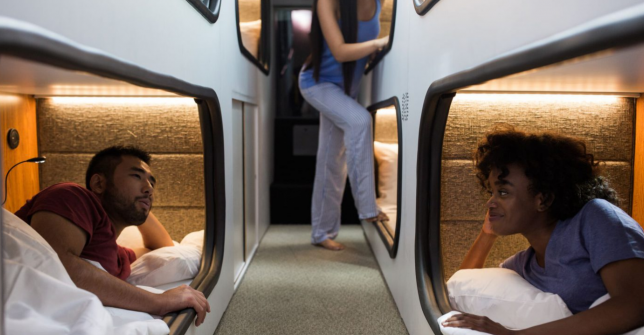
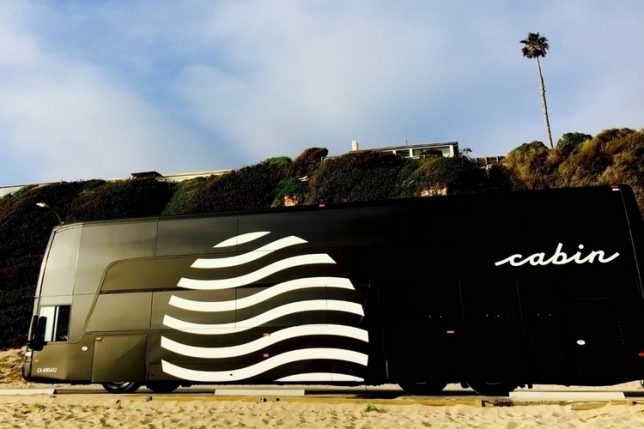

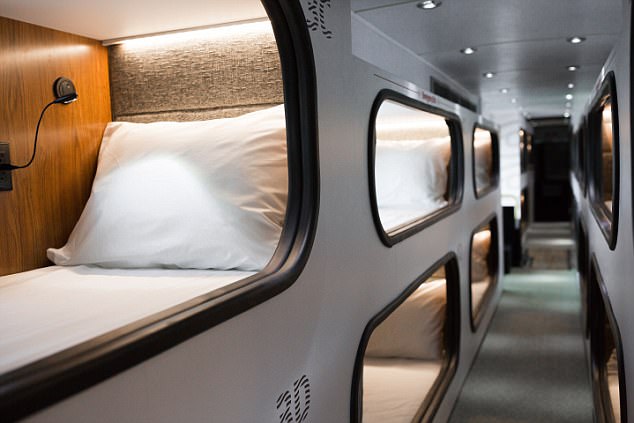
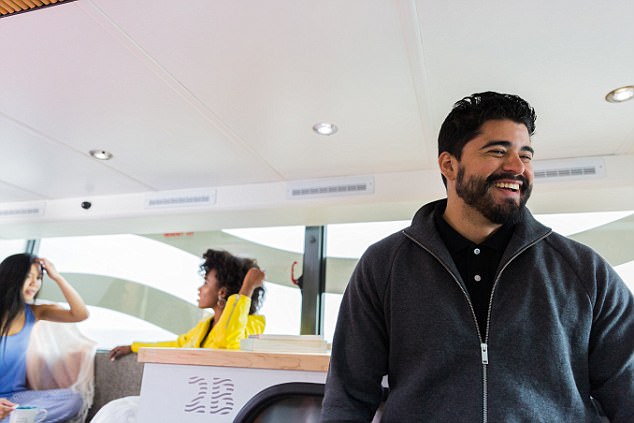

















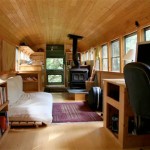
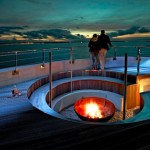





You must be logged in to post a comment.